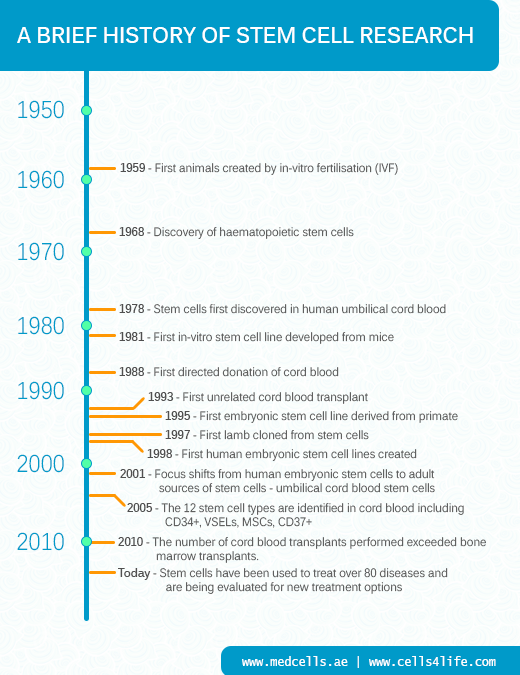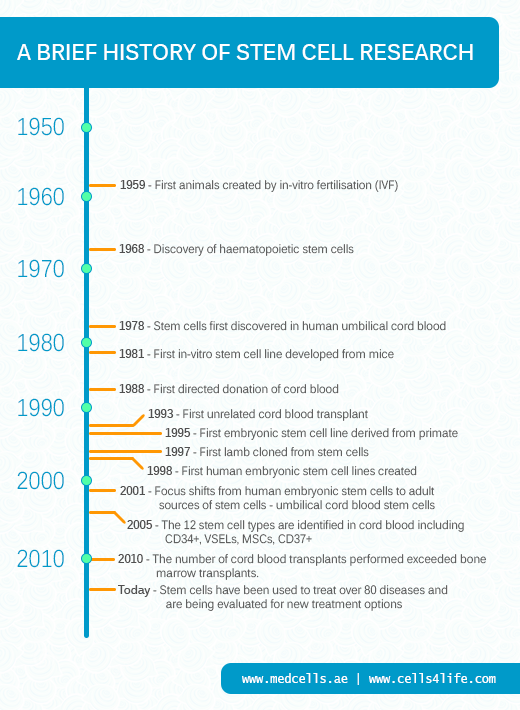The discovery of stem cells dates back to the early years of the twentieth century. European scientists identified that all of the many types of blood cell begin life as haematopoietic stem cells. However, it wasn’t until 1963 and the discovery of the self-renewing activities of these cells that scientists and clinicians seized upon their full therapeutic potential.
The last fifty years have seen stem cell research develop at a rapid pace, with highly successful therapies already available for many haematological, metabolic, oncologic and genetic diseases.
|
Class of Disease
|
UCB Stem Cell Type
|
Used in Therapy/Research for
|
|
Metabolic |
Mesenchymal and haematopoietic stem cells |
Diabetes, glycogen storage disease (GSD), Phenylketonuria, liver disease, Tay-Sachs disease, Hunter’s Syndrome |
|
Oncological |
Haematopoietic stem cells |
Various leukaemias, lymphomas, cancers |
|
Immunological |
Mesenchymal stem cells |
Multiple Sclerosis (MS), Crohn’s Disease, Lupus, Rheumatoid arthritis (RA), chronic granulomatous disease |
|
Genetic |
Mesenchymal and haematopoietic stem cells |
Sickle cell anaemia, Thalassaemia, Fanconi’s anaemia |
A Brief History of Stem Cell Research (A Timeline of Significant Events)
{{cta(‘3fe0aac7-7562-46dc-b8b9-c706d9cfd6b1’)}}



